December 2024 Craft: Lighted Garland
By Major Jessyca CarrEducation OfficerCollege for Officer Training There are so many different combinations of fabric or ribbon and lights; you can check out YouTube for other options. Using fabric …
Salvation Army USA Western Territory Women's Ministries
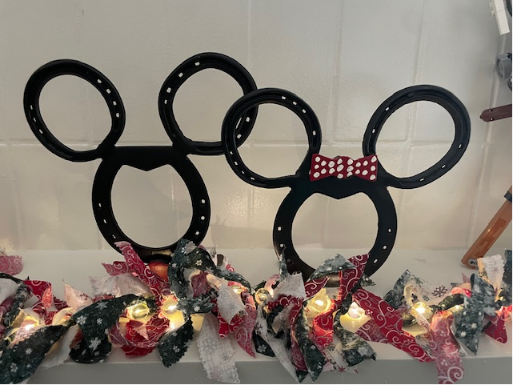
By Major Jessyca CarrEducation OfficerCollege for Officer Training There are so many different combinations of fabric or ribbon and lights; you can check out YouTube for other options. Using fabric …
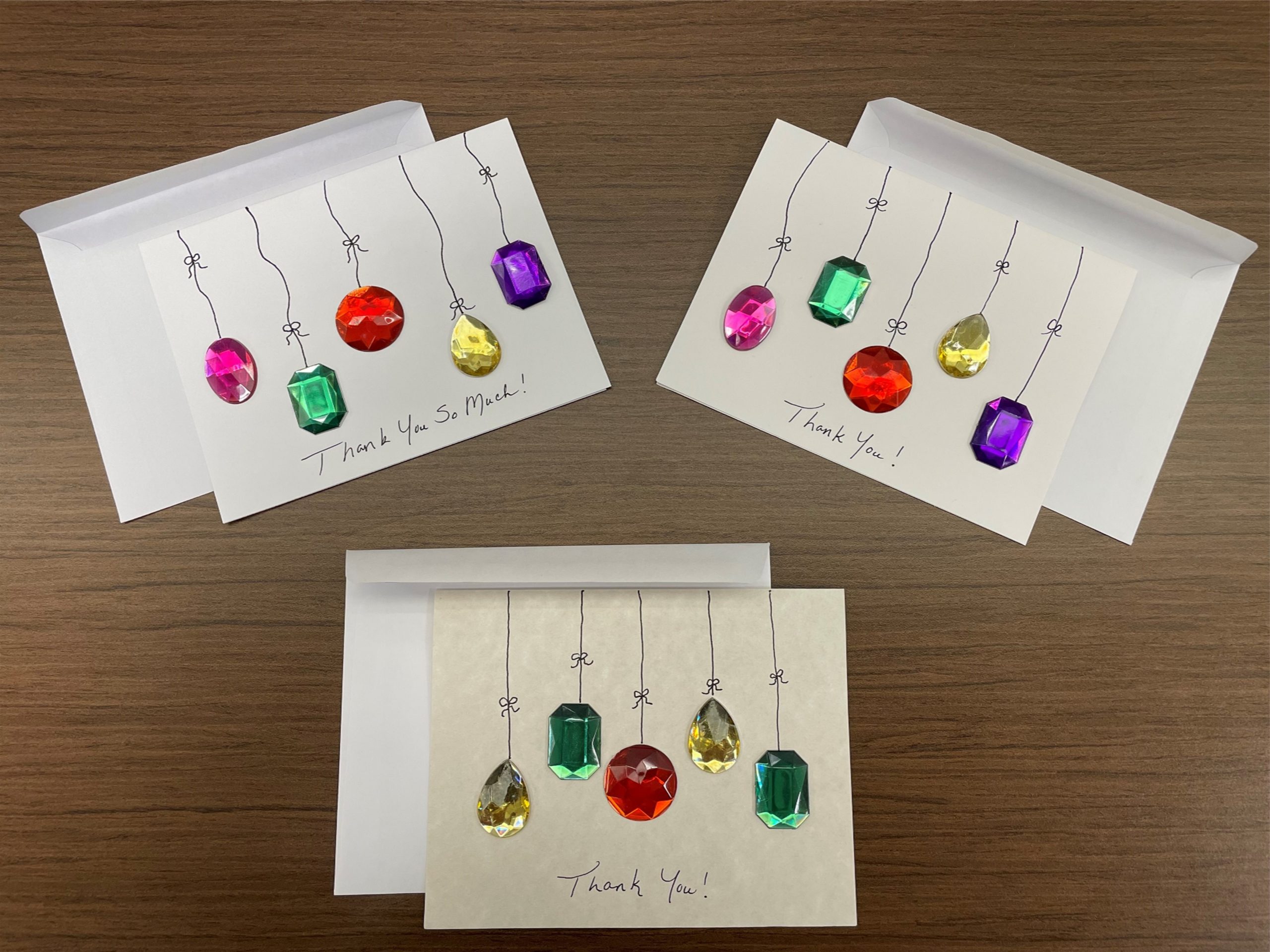
By Margaret GriecoTerritorial Women’s Ministries Department Philemon 1:4-5 – “I always thank my God as I remember you in my prayers, because I hear about your love for all his …

We are excited to announce a brand-new series of daily devotionals produced by the IHQ Women’s Ministries Department, “Reflections on Justice.” The series contains 31 devotionals, written by women of …

You are Priceless! You are Fully Known by God! That is the theme of this month’s newsletter. O Eternal One, You have explored my heart and know exactly who I …
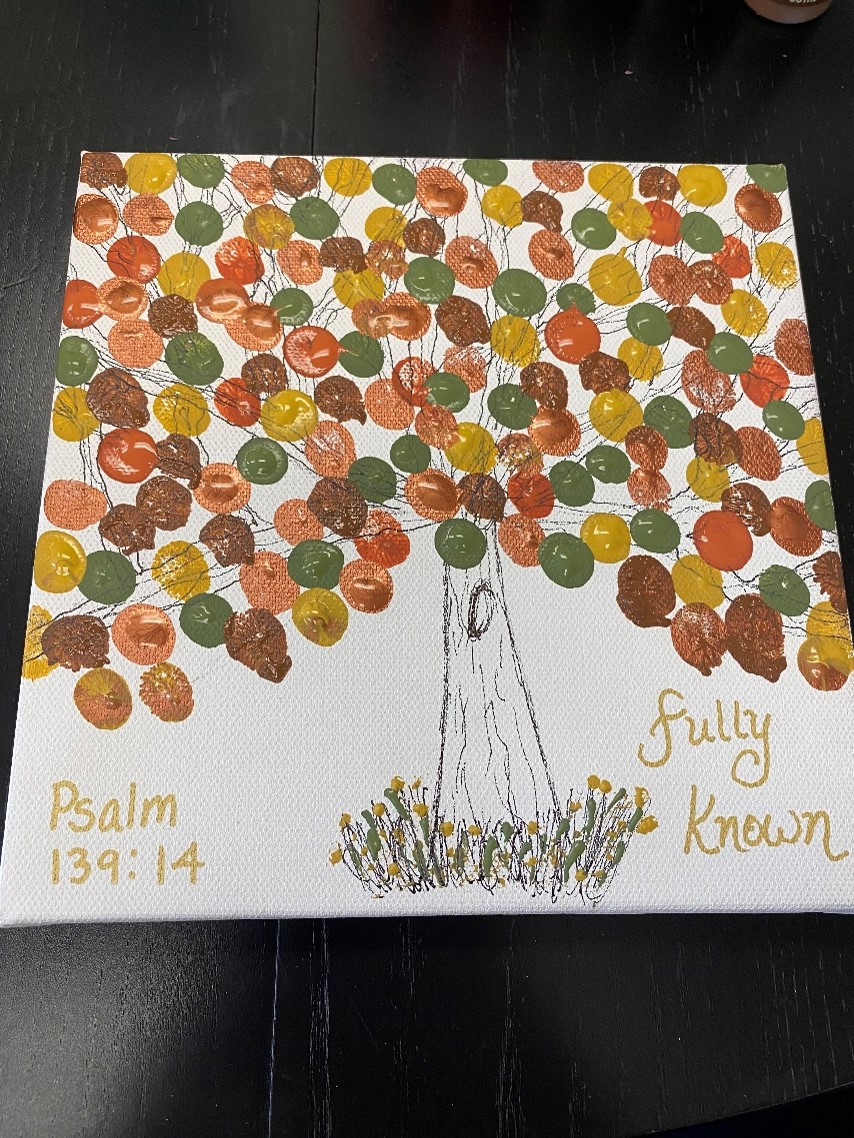
By Major Gaylene YardleyDivisional Women’s Ministries Secretary – Southwest Division This craft is a tree with all the lady’s fingerprints as leaves in fall colors. You can make one print …

Commissioner Bronwyn Buckingham, World President of Women’s Ministries shares this letter: As followers of Jesus, we are called to be salt and light in our communities, bringing hope, healing and …
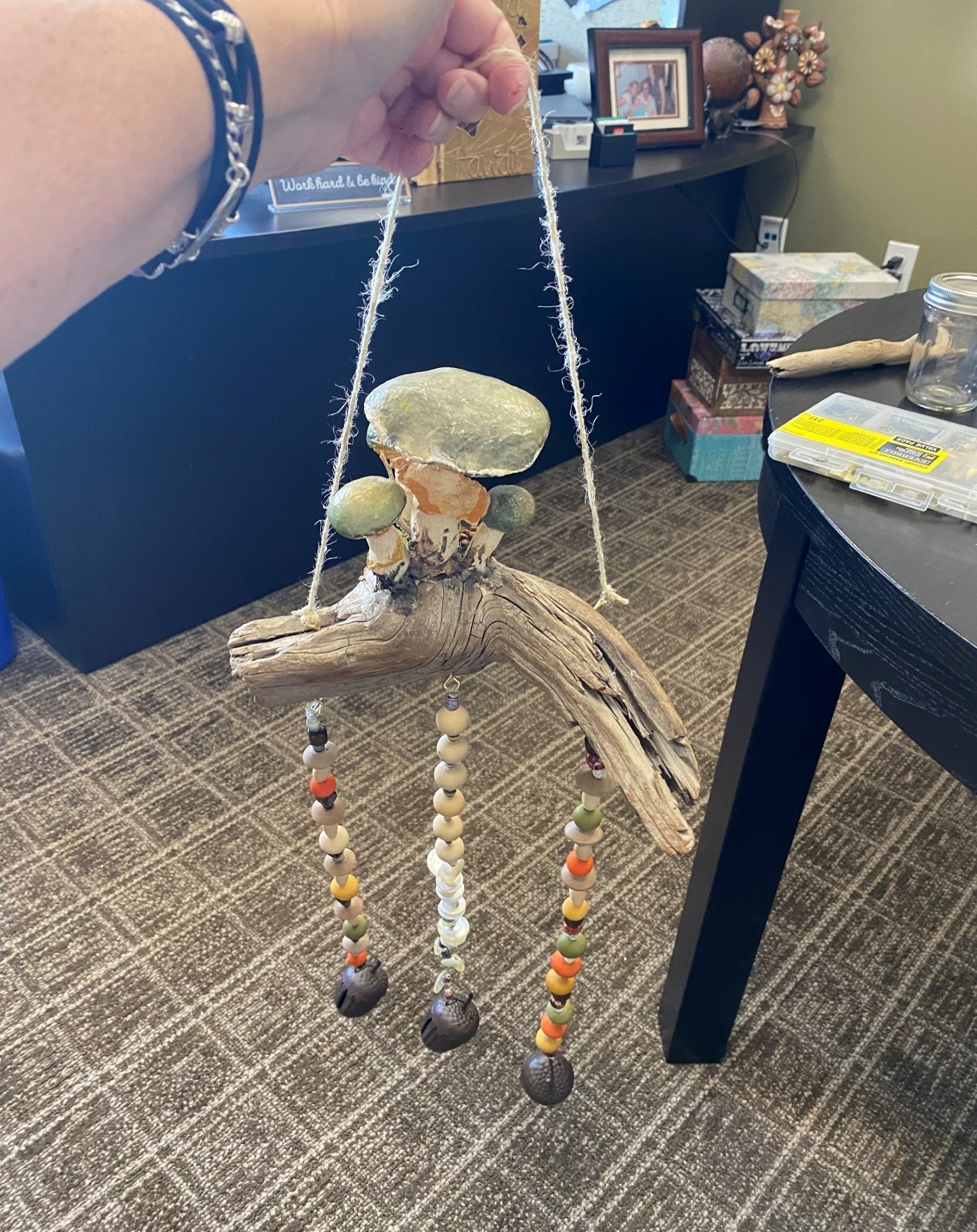
By Major Gaylene YardleyDivisional Women’s Ministries Secretary – Southwest Division From Trash to Treasure – Acts 3:1-26It was, is, and will be only through Jesus that… Illustration: Many years ago, I …

Welcome to the third year of the Flourish Newsletter. This year we are going to focus on flourishing in our identity in Christ. You are priceless to God! What is …

By Captain Leilani ArmendarizHemet, CA Corps – Southern California Division This craft coordinates with this month’s devotional: His Precious Child. Directions: While you are crafting, enjoy these songs, reminding you …

This month we are focusing on being deeply rooted in the spiritual discipline of Listening Prayer. Prayer is a dialogue between us and God. Often we view prayer as a …
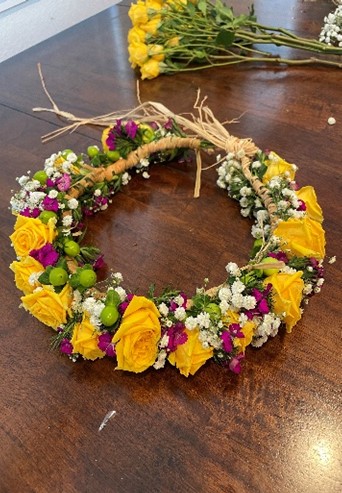
By Lt. Helen ReyesWomen’s Ministries Executive Assistant – Del Oro Division Haku Lei Making – A Hawaiian Crown of Flowers A haku lei, or lei po’o is a lei made …

This month we are focusing on being deeply rooted in the spiritual disciplines of meditation on and the memorization of God’s Word. In her book, Spiritual Disciplines: Practices That Transform …
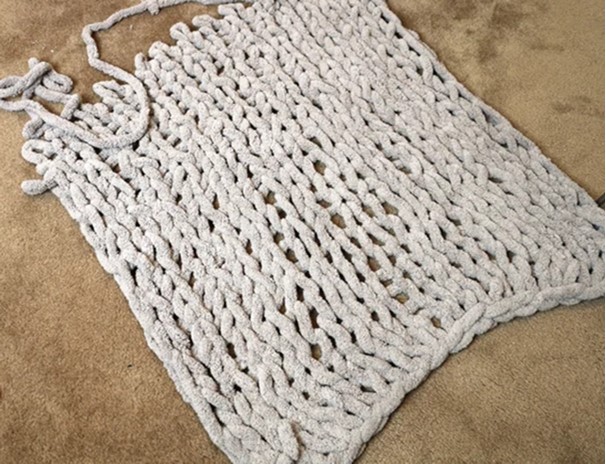
By Captain Jan PembertonDivisional Women’s Ministries Secretary – Cascade Division This is a perfect craft for those like me who have trouble with traditional crocheting or knitting. This project is …

This month we are focusing on being deeply rooted in the spiritual discipline of hospitality. In her book, Spiritual Disciplines: Practices That Transform Us, Adele Ahlberg Calhoun writes, “Hospitality creates …

By Major Tina BottjenMat-Su Valley, AK Corps – Alaska Division “Welcome one another, therefore, just as Christ has welcomed you, for the glory of God.” Romans 15:7 (NRSV) Materials needed. …

This month we are focusing on being deeply rooted in the spiritual discipline of forgiveness. In her book, Spiritual Disciplines: Practices That Transform Us, Adele Ahlberg Calhoun writes, “To forgive …

By Major Gaylene YardleyDivisional Women’s Ministries Secretary – Southwest Division Note: This craft coordinates with this month’s devotional and Bible Study. Supplies Needed: Everyone will carve a cross, heart, Bible …
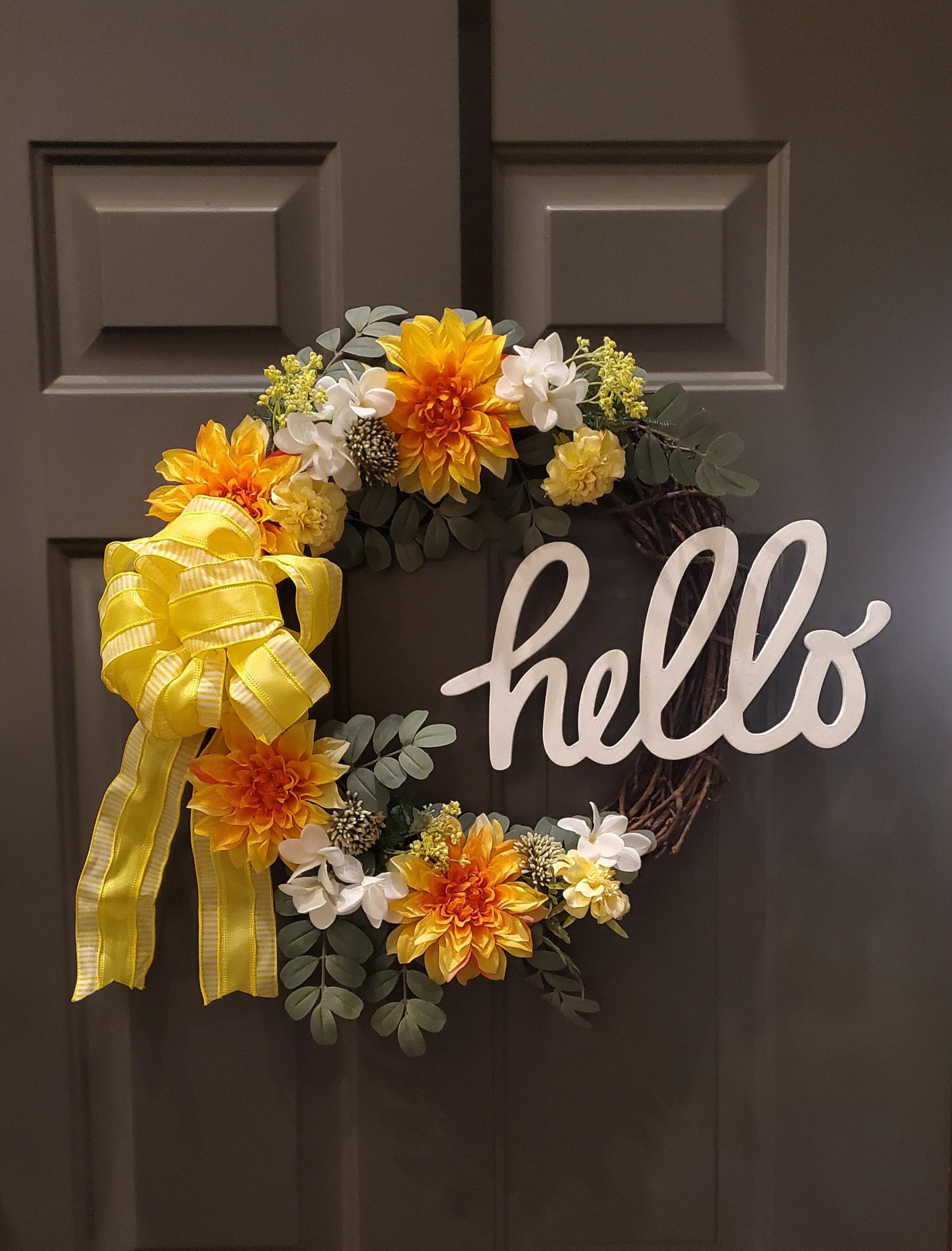
By Lt. Katherine HernandezSalinas, CA Corps – Golden State Division As we discover the power our tongues have and identify ways in which we can better control it, let us …
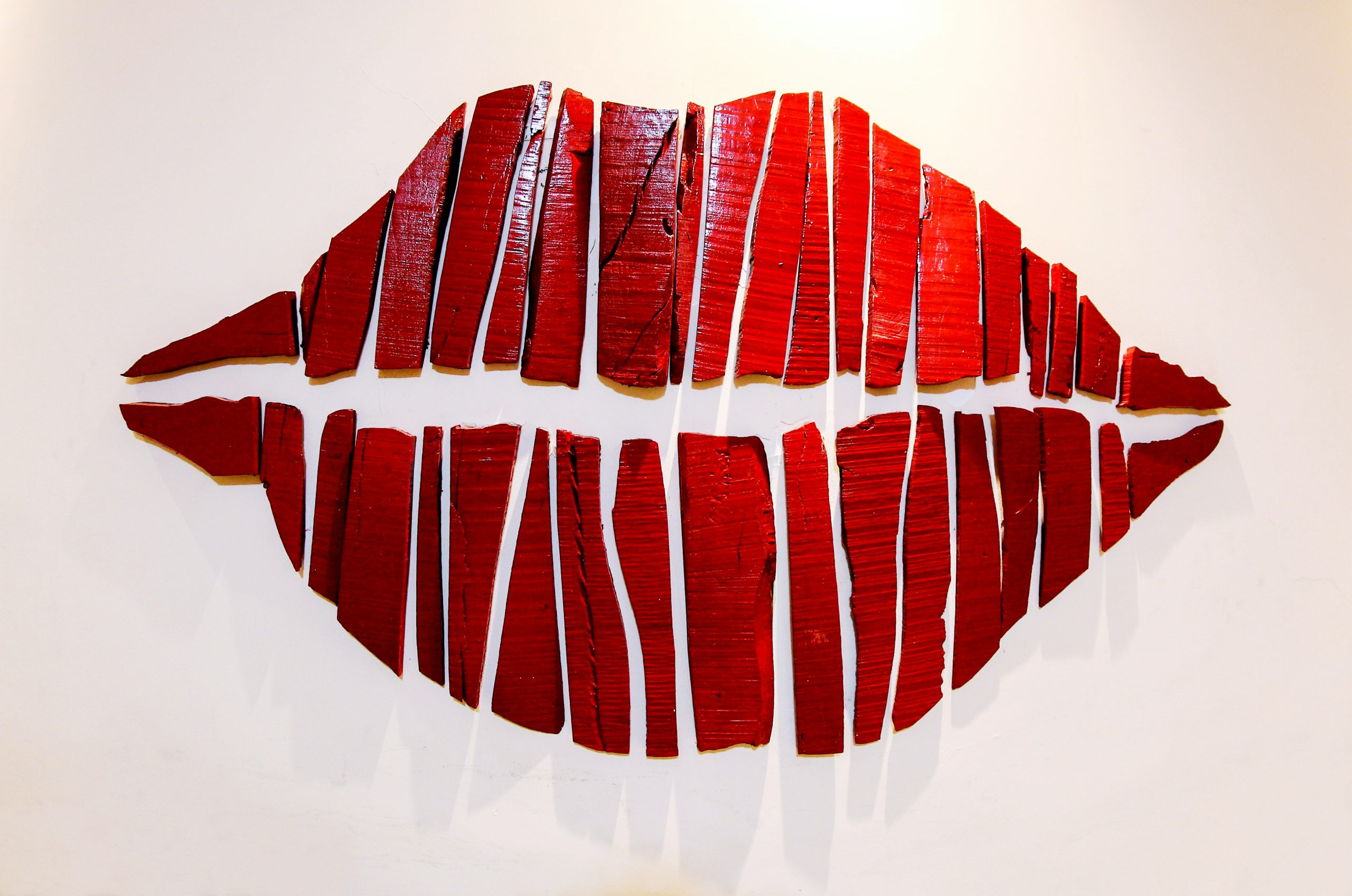
This month we are focusing on flourishing by being deeply rooted in the spiritual discipline of control of the tongue. In her book, Spiritual Disciplines: Practices That Transform Us, Adele …

This month we are focusing on flourishing by being deeply rooted in the spiritual discipline of confession and self-examination. In her book, Spiritual Disciplines: Practices That Transform Us, Adele Ahlberg …

By Major Harryette RaihlDivisional Women’s Ministries SecretarySouthern California Division Supplies Needed:(6) 6 mm beads (smaller beads or larger beads vary the size of the cross)(10) spacer seed beadsGold/silver jump ring …
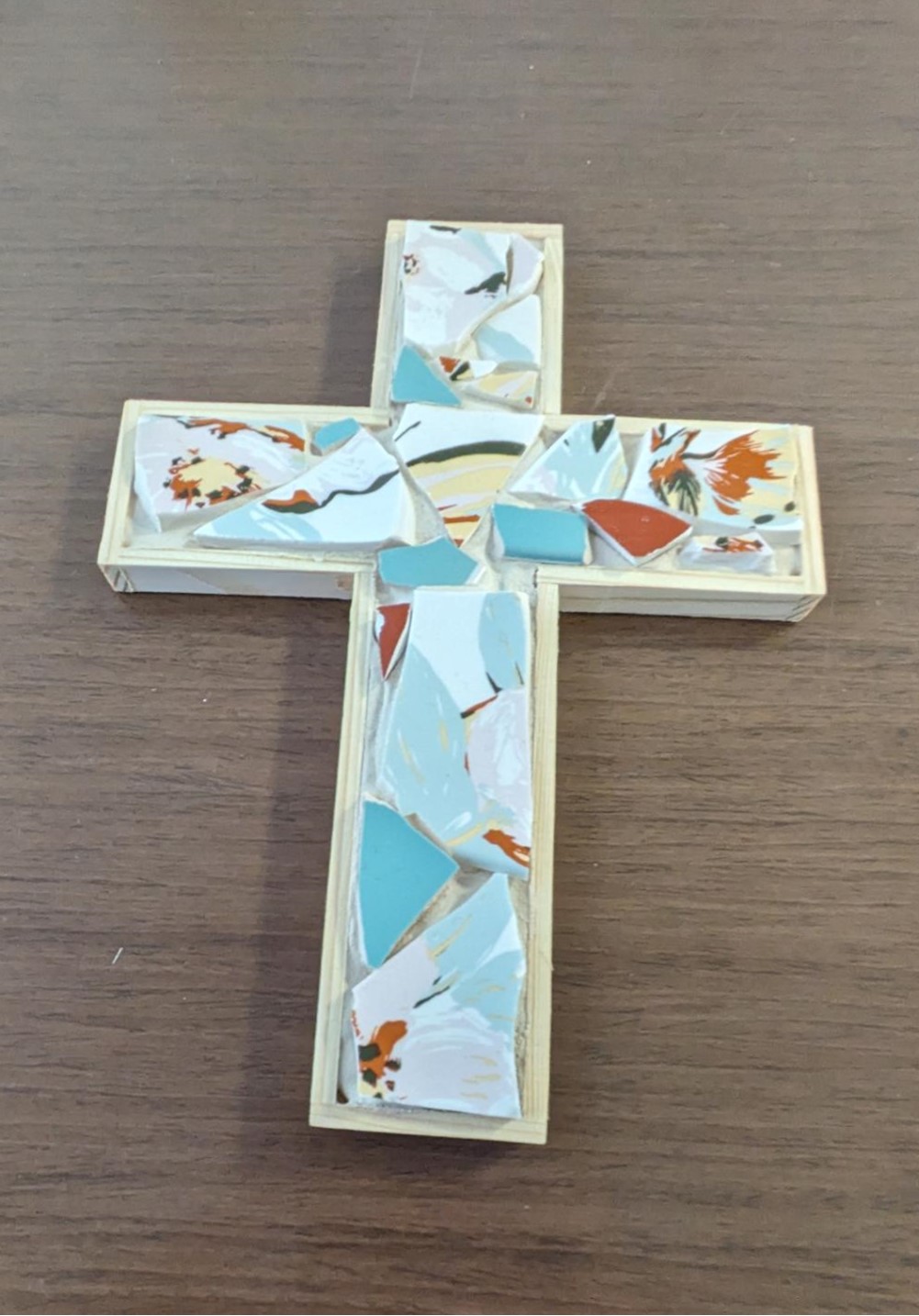
By Margaret GriecoTerritorial Women’s Ministries Department “That I may know Christ, and the power of His resurrection, and the fellowship of His sufferings…being conformed to His death.” Philippians 3:10 Beauty …

This month we are focusing on flourishing by being deeply rooted in the spiritual discipline of Solidarity in Jesus’ Suffering. In her book, Spiritual Disciplines: Practices That Transform Us, Adele …
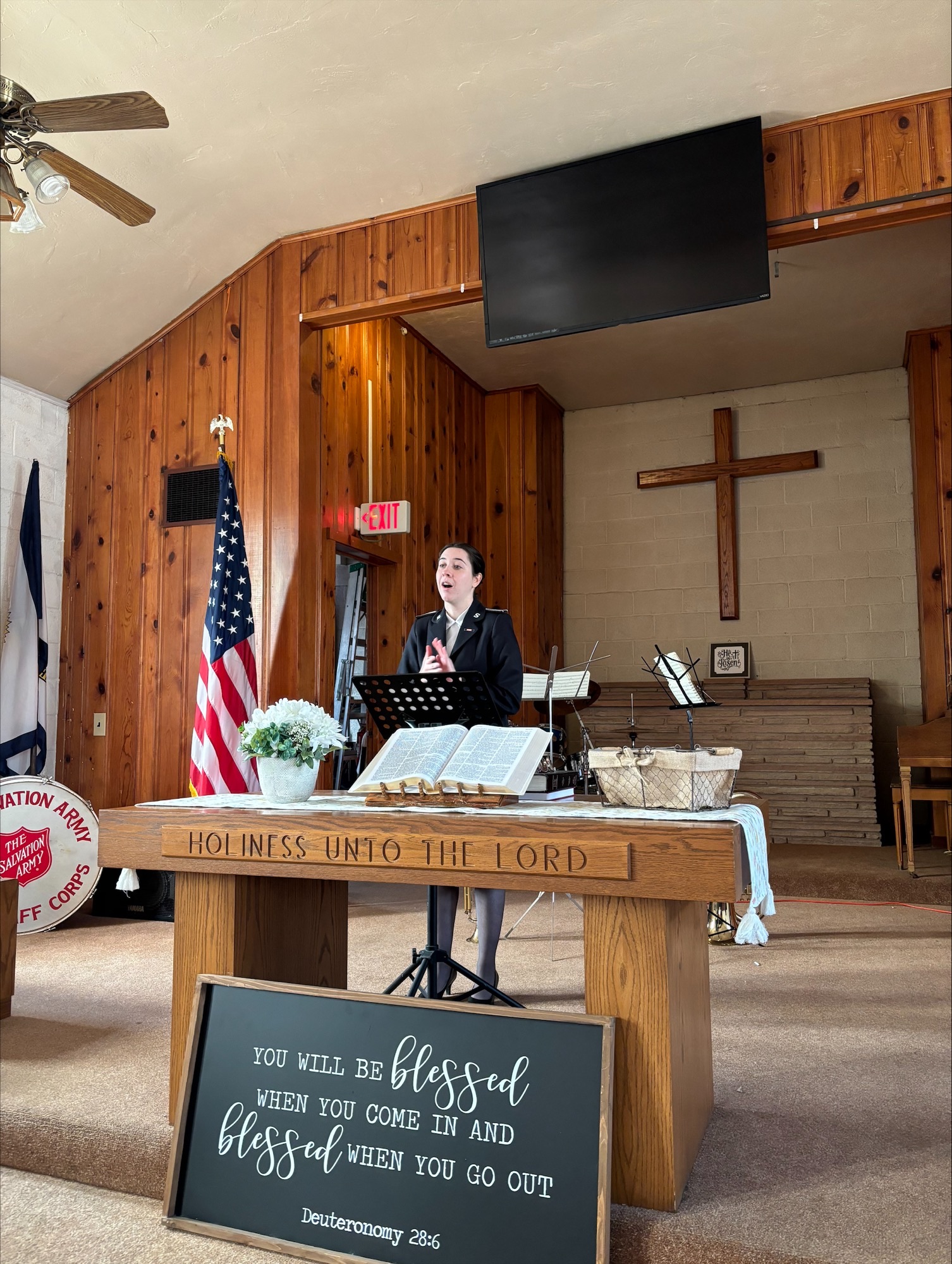
In honor of International Women’s Day (March 8, 2024), the USA Western Territory held its first annual “Woman Preach Day” on Sunday, March 3. The goal was to have as …